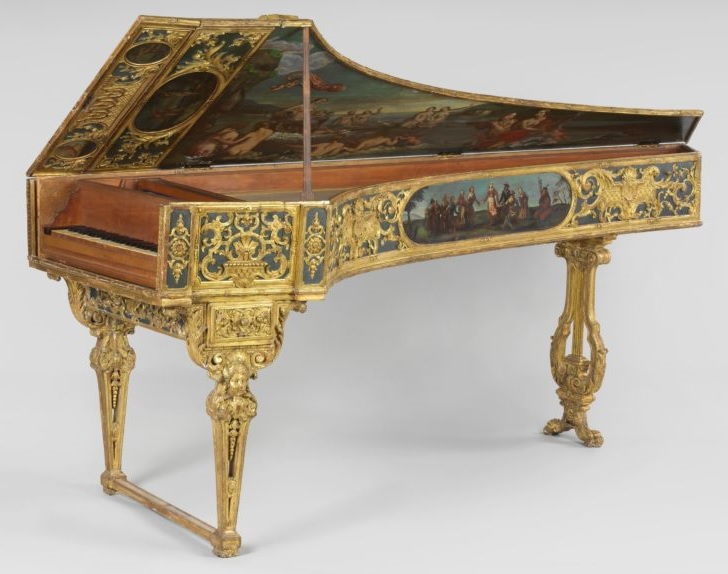Update: Yamaha PSR-E473 and PSR-EW425 announcement.
Yamaha have had a busy few years updating their entry-level models, most notably, the PSR-E373 and the DGX-670. We have yet to see the PSR-E473 and PSR-EW425 models which will replace the PSR-E463 and PSR-EW410, respectively.
No doubt, supply chain and global shipping problems have delayed product launch. Prior PSR-E4xx models employ digital-to-analog converters (DAC) including DACs from Asahi Kasei Microdevices (AKM). The AKM plant in Nobeoka city suffered a major fire on October 20, 2020. Japanese authorities just recently gave AKM permission to clean-up and rebuild. The AKM fire caused a mass shortage of its digital-to-analog and analog-to-digital converters. The shortage affects other major audio and digital musical instrument manufacturers, too, not just Yamaha.
In addition, Yamaha is ramping up production at its new OneHub Chennai (India) manufacturing plant. The Chennai plant products acoustic guitars and portable keyboards for the Indian market and for export. According to a May 2019 press release, the initial goal is to make 200,000 acoustic guitars and 150,000 portable keyboards, including the PSR-I500 and the PSS series. Yamaha eventually wants to raise the goal to 400,000 acoustic guitars and 300,000 keyboards per year. Roughly 50% of production will be for export.
My PSS-A50 was manufactured in India. Given kinship to the PSR-I500, I would expect Chennai to make the new PSR-E473 and PSR-EW425. Export data indicate that a few E473s already have been run off and exported. Prototypes? Development? Testing?
Of course, the delayed launch has intensified interest among enthusiasts. The E373 received substantial feature upgrades: Super Articulation Lite (S.Art Lite) voices and new DSP effect types which once could only be found on mid- and upper-range arrangers. A few of the new effects are top-of-the-line: dual rotary speaker, Real Distortion guitar amp effects, vintage stereo phaser, compression and harmonic enhancer. One fully expects to see the same upgrades in the E473 and EW425.
S.Art Lite voices behave somewhat differently than their mid- and upper-level cousins. A dedicated articulation button triggers the articulation effect. The cousins transparently employ software scripting which reacts to player gestures, e.g., legato, intervals, and so forth.

My first thought was “That looks quite professional,” not just a home keyboard. The live control knobs are re-located to the upper left. This decision will be controversial! The lighted buttons look pleasant (light blue color) and the screen is black and white monochrome. Still only four registrations per bank.
Yamaha did majorly swizzle around a bunch of front panel controls with respect to the E463. The keypad to the right has been significantly redesigned.
The quadrant to the right of the display has a 3×4 button matrix for voice and style selection by category. The buttons above the data wheel control selection mode: voice or style. I wonder if one of the mode buttons turns the matrix into a numeric keypad? The FUNCTION and PORTABLE GRAND buttons are below the matrix along with some kind of BOOST button.
The control groups running above the keyboard are (left to right): master volume, SONG/STYLE control, TRACK control, registration memory, and quick sampling. The large light blue button between the volume knob and the SONG/STYLE control group may be the ARTICULATION button.
The Quick Sampling feature got more real estate. Quick Sampling has several buttons: LOOP HOLD, A, B, C, D, and CAPTURE. I wonder if it’s possible to capture four waveforms? Did Yamaha re-think sample control including sample zones? Do the lighted A, B, C, D buttons reflect sample status like a pad controller? Can we play the pads? Are they velocity sensitive?
The live control knobs are further away from the keyboard in the quadrant to the left of the display. I can’t tell if there is an additional row or not. E463 has five live control rows; EW425 has 6 or 7?
The rest of the buttons in the upper left quadrant must be record, metronome, tap tempo, melody suppressor, voice control and all that miscellaneous stuff. The legends in the picture are too distorted to read.
Yamaha is still using an LCD with pre-defined, fixed icons and legends. Do they really save that much money versus a full graphic, pixel addressable display? What do I know? It probably simplifies the software, but it seems so 90s.
Should be interesting finally to see the specs, and not just guess.
Copyright © 2021 Paul J. Drongowski
